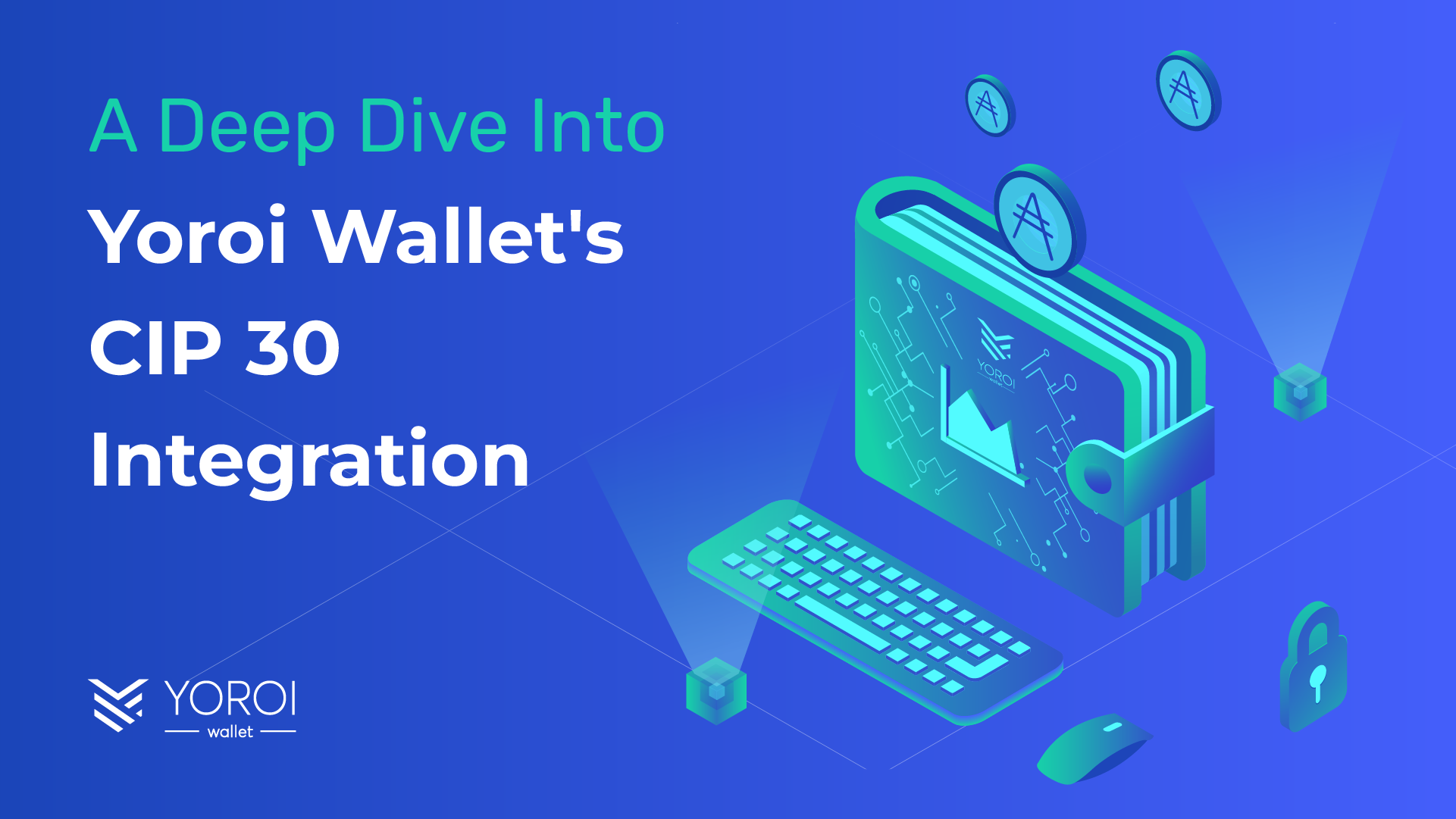
The seafood industry is one of the oldest and biggest industries on the planet, with a long and rich history. Over that long history, one of its enduring characteristics has been a supply chain prone to mismanagement due to various factors such as the number of parties involved and the use of inefficient management systems.
There are many stakeholders involved in fishing, distribution, and retail channels of the product. Each channel utilizes its own methods, typically paper-based, to trace these products and move them along the supply chain to the end consumer.
A common feature is the seafood industry’s complex supply chain system of contradicting records that creates several inconsistencies. Of course, this is one of the biggest areas where blockchain solutions can really improve the efficiency and best practices of the industry. In this blog, we’ll look at the current state of the seafood supply chain and the best ways to apply blockchain technology to deliver real benefits to companies in the seafood industry.
What are the Problems in the Seafood Industry’s Supply Chain?
12% of the global population’s primary income is currently derived from the seafood industry. People from every country on the planet are either directly or indirectly connected to the seafood industry in one way or another through employment or consumption of fishing-related products.
It is expected that demand for fishing-related products will also double during this decade with increasing per capita consumption. Due to this demand, there will be more pressure on the worldwide seafood supply chain, especially from growing Asian economies which accounts for 70% of fishing production, as people in general will consume more fish products as a better economical replacement for red meat.
Today, the best estimates on the global market size of the seafood industry are placed at around $500 billion. As mentioned, with the doubling of demand, the seafood industry is also one of the fastest growing sectors of the global commodity market.
Yet, there is the issue of overfishing and sustainability. More than 85% of the current seafood supply is suffering from excessive overfishing which poses a threat to the industry’s ability to match gradually increasing consumer demand. Paradoxically, 35% of the 63 million tons of captured seafood is wastefully thrown away. According to the FAO, only two of three fishes caught actually reach the end consumer, leading to a reduced fishing supply.
Also, 75% of all the seafood sold today worldwide is not certified and the source origins are not completely transparent, with even fake fish products being sold to consumers. These days, end consumers especially in developed nations are increasingly placing a premium on sustainable fishing practices and trust in the origin of their food.
The above figures paint a picture of a seafood industry at a crossroads as supply is having a harder time meeting increased consumer demand, inefficient administrative systems are being used for supply chain management, and smarter consumers are desiring more trust in the food products they purchase.
How Do Blockchain Solutions Solve These Supply Chain Problems?
There are many properties blockchain solutions offer to the seafood industry:
1) Decentralization, as no one party has unilateral control over the entire data management system. All participants must follow a set of pre-set rules agreed upon by the involved parties.
2) Distributed nodes (data servers) on the solution’s blockchain network carry the full and immutable history of the ledger. It makes the solution more resilient to centralized points of failure.
3) Immutability, as a blockchain ledger is immutable and cannot be changed by a single party without the consent of the other involved parties. In traditional systems of food traceability, the data information can be tampered by the central controllers with competing incentives.
In the case of the seafood industry, blockchain solutions would be applied to many areas. By using blockchain solutions, all important fishing-related information along the supply chain would need to be registered into the solution’s blockchain ledger such as the species, time, location, and other logistics data. These would be easy to input via a simple QR code on a smartphone with a user-friendly app interface or via PC.
Then the data collected at the point of origin would pass through the supply chain. The usage of integrated IoT devices could also greatly help with the tracking and traceability of the product.
Also, temperature control is essential when it comes to fish products. This is very important when trying to export fish from Asia where fisheries typically have more relaxed control processes, creating more demand for IoT devices to supply a solution.
The data collected by the devices would be part of the solution’s blockchain ledger and could not be manipulated by any one party.
Once the seafood product enters a processing facility, the blockchain solution would give information pertaining to the location, condition, and other relevant factors up until that point.
Next, the processing facility would add more data to the solution, such as the date the seafood product leaves the facility, temperature of refrigeration, and the shipment company moving the seafood product to the retail market or export destination.
Finally, once the seafood product has arrived at the final consumer, all this information would be verifiable through the use of QR codes. Either the retail store or the person buying the seafood to consume can trace the item through its entire journey and be guaranteed of its provenance.
EMURGO’s Traceability Solution is Custom-Built to Solve These Supply Chain Problems
The seafood industry is among the oldest and most widespread sectors of the global economy. However, it has not seen as much meaningful technological innovation in the last two decades, compared to other industries. In this regard, blockchain solutions can deliver tremendous added value to seafood industry participants and seafood consumers in an increasingly digital age.
With blockchain solutions, fishermen can prove they are following sustainable practices and receive more from their labor. Seafood processing facilities can verify the origin of their products and track them more efficiently. Finally, the end consumer can trust that their seafood was legally caught, sustainably processed, and verifiably sourced to his/her plate.
One such blockchain solution, developed by EMURGO, is EMURGO’s traceability solution – an advanced Supply Chain solution utilizing new and emerging technologies, Blockchain and A.I., to track and trace raw materials and products through the production chain.
For more information on how EMURGO – a global emerging technologies company and a founding entity of the Cardano protocol – can provide your enterprise or project with custom-built solutions to solve some of the most complex problems in today’s digital age, please reach out to us here.
Through our expertise in blockchain and emerging technologies, EMURGO is able to leverage its abilities for large scale blockchain development and rapid solutions deployment to benefit its global clients.
About EMURGO
- Official Homepage: dev.indonesia.emurgo.io
- Twitter (Global): @EMURGO_io
- YouTube: EMURGO channel
- Telegram: EMURGO Announcements
- Facebook: @EMURGO.io
- Instagram: @EMURGO_io
- Medium: EMURGO Announcement
- LinkedIn: @EMURGO_io



